Renault has unveiled the Morphoz – a shape-shifting concept designed to act as both a city car and a long-range cruiser – as well as providing a taste of its forthcoming Kadjar-sized e-SUV.
The Morphoz is intended as an urban family car for 2027, with its modular design allowing one vehicle to serve multiple functions. More significantly, though, underneath that conceptual tech, the vehicle is built on the Renault-Nissan-Mitsubishi Alliance’s new CMF-EV platform, which will be used for Renault’s first electric crossover, due later this year.
Gilles Normand, Renault’s senior vice president of electric vehicles, said that elements of the Morphoz’s design will be used in the forthcoming production crossover and more models will be built on the platform.
Normand told our sister publication Autocar UK, “Morphoz is a concept, but what has been expressed by the styling department in some areas is a reinterpretation of what they intend for future production models."
“Let’s say you can’t take it for face value, but it’s definitely the direction where we’re going. Some of the features, such as the configuration and roominess, are going to be of major value for cars based on this platform,” he added.
The adaptable CMF-EV skateboard chassis pushes the wheels to the corners, with Renault saying that the ‘streamlined’ design of the underfloor batteries enables it to sit lower to the ground. It is designed to adopt differing motor and battery setups and the packaging benefit of the smaller motors enables greater interior space.
Normand said the platform is designed for cars in the “B+ and C+” segments, which will sit above the Zoe and Twingo ZE in Renault’s EV line-up.
The Morphoz is the latest Renault concept in recent years to preview future technology. Whereas previous models have looked further ahead to fully autonomous cars, this concept is intended as a near-future vision.
In City form, it uses a 40kWh battery that offers around 400km of range. Renault believes this to be enough for around 90 percent of daily usage. For longer journeys, the Morphoz can be switched to Travel mode. Special extensions – using technology similar to a plane wing – stretch it at the A-pillar and rear. This increases its length from 4,400mm to 4,800mm and the wheelbase from 2,730mm to 2,930mm offering more passenger space and luggage capacity.
In both modes, the Morphoz is 2,000mm wide and 1,550mm tall and sits on 22in tyres. An additional 50kWh battery can be installed at a special station and the total 90kWh capacity extends the range to 700km. Power is delivered through the front wheels via a single motor, with recharging possible through both static and dynamic induction.
Although it's a concept, the variation in size and range between the Morphoz’s two modes gives some indication of the flexibility of the CMF-EV platform. It also showcases how buyers could reduce their carbon footprints by not ordering cars with bigger batteries by default.
Elements of the Morphoz’s styling that preview future Renault design trends, including the slim light signature that extends across the car’s grille. As well as the car extending, elements of the SUV-coupé styling on the Morphoz change between the City and Travel modes. The front wings – based on side grilles on Renaults from the 1910s and preview a design to be seen on future production models – grow in Travel mode. The front air intakes also become narrower in Travel guise to provide greater efficiency.
The interior of the Morphoz is similarly bold. Many of the traditional control instruments can be hidden away using a folding panel and most controls are displayed on an L-shaped screen. The steering wheel has a 10.2-inch screen built into it, which that can be used to control most of the car's functions.
Unlike some concepts, the Morphoz is not intended to be a fully self-driving machine but one with level-three autonomy, allowing the driver to take their hands off the wheel and eyes off the road when it is engaged.
The boldest design feature is the front passenger seat. When a ‘share’ mode is activated, it flips over to face the rear passengers. There is also a large centre console that can serve as a table and has a built-in screen that can control many of the infotainment functions. The interior uses a number of recycled materials too, including a floor surface made from old yoghurt pots.







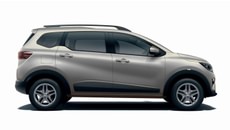
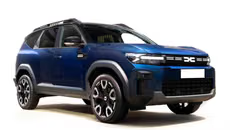
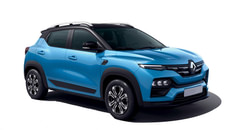
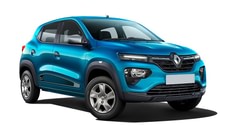
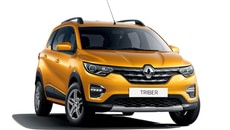
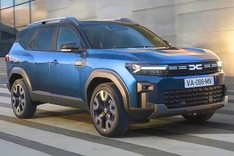
.jpg?w=234&h=156&q=90&c=1)

Comments
Member Login
Personal Details
No comments yet. Be the first to comment.